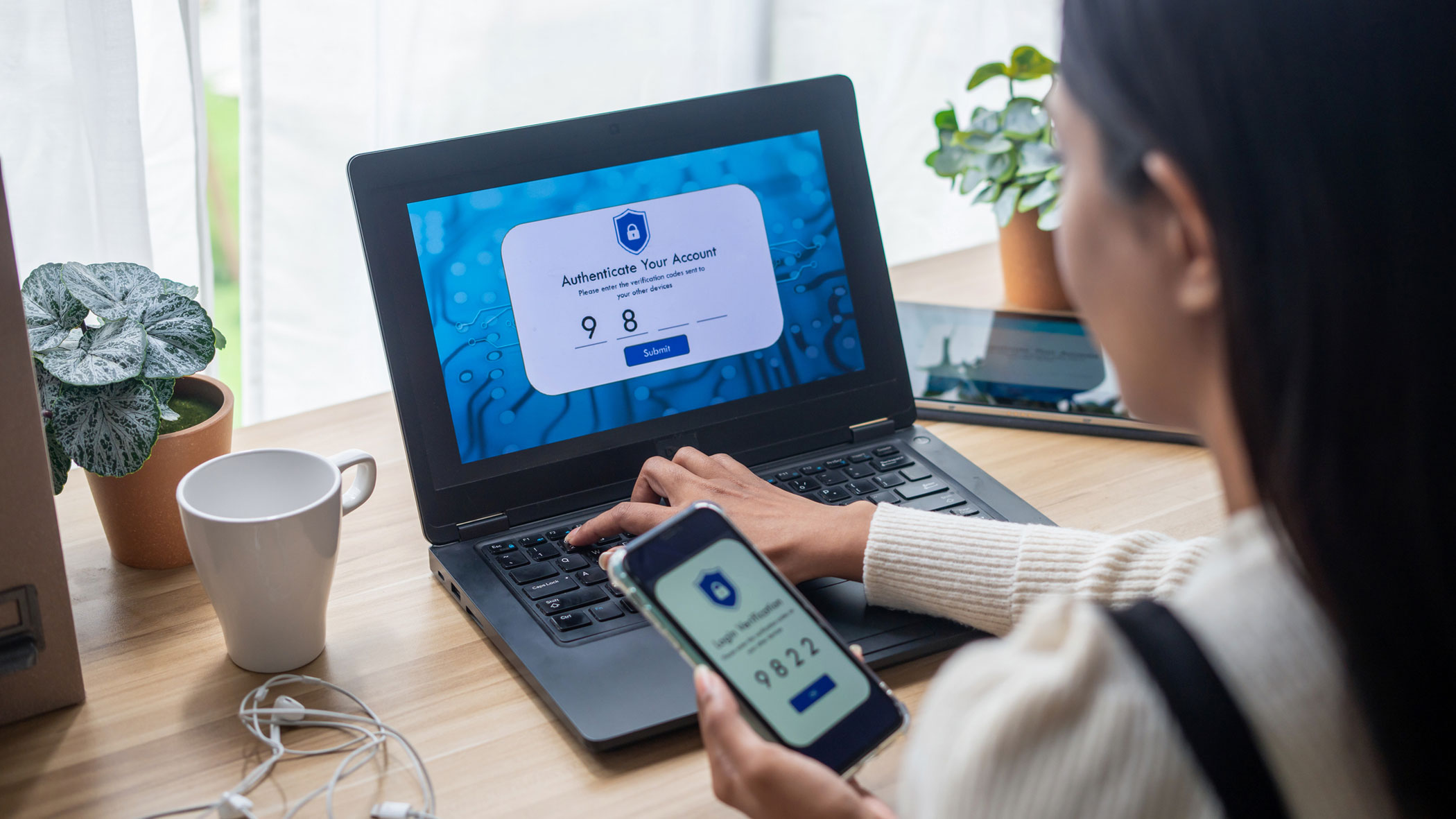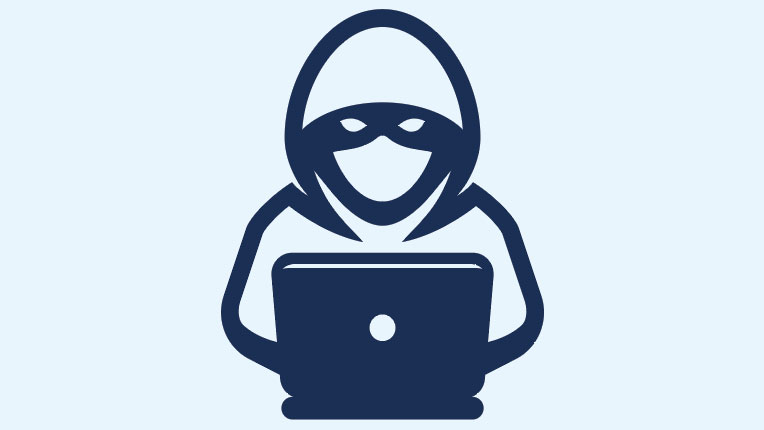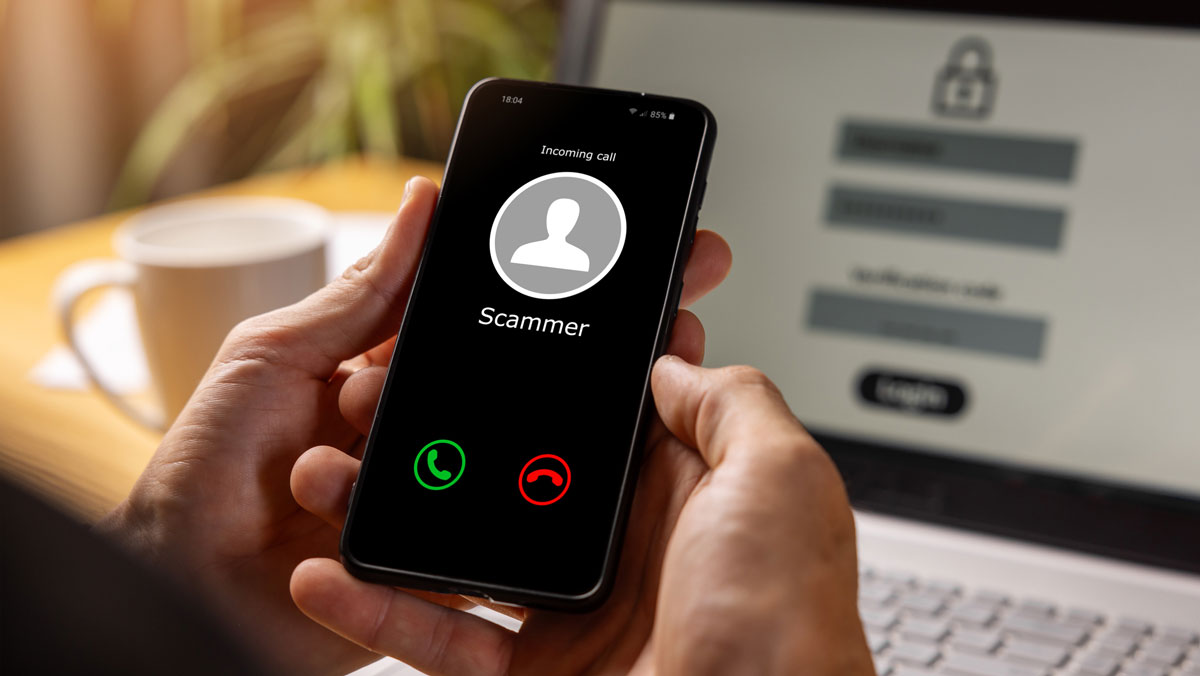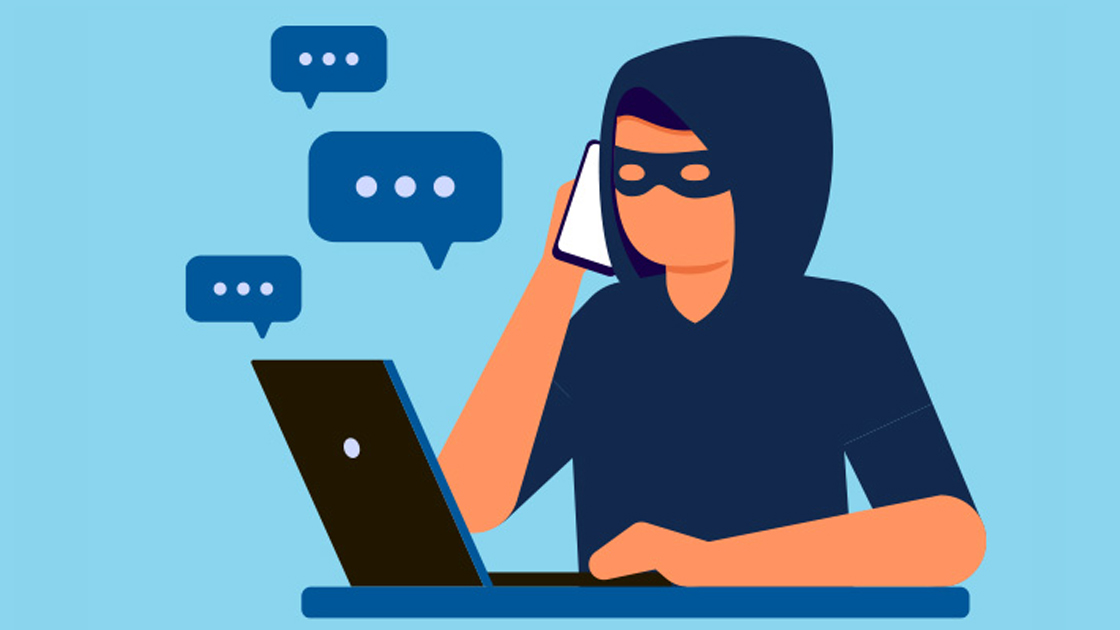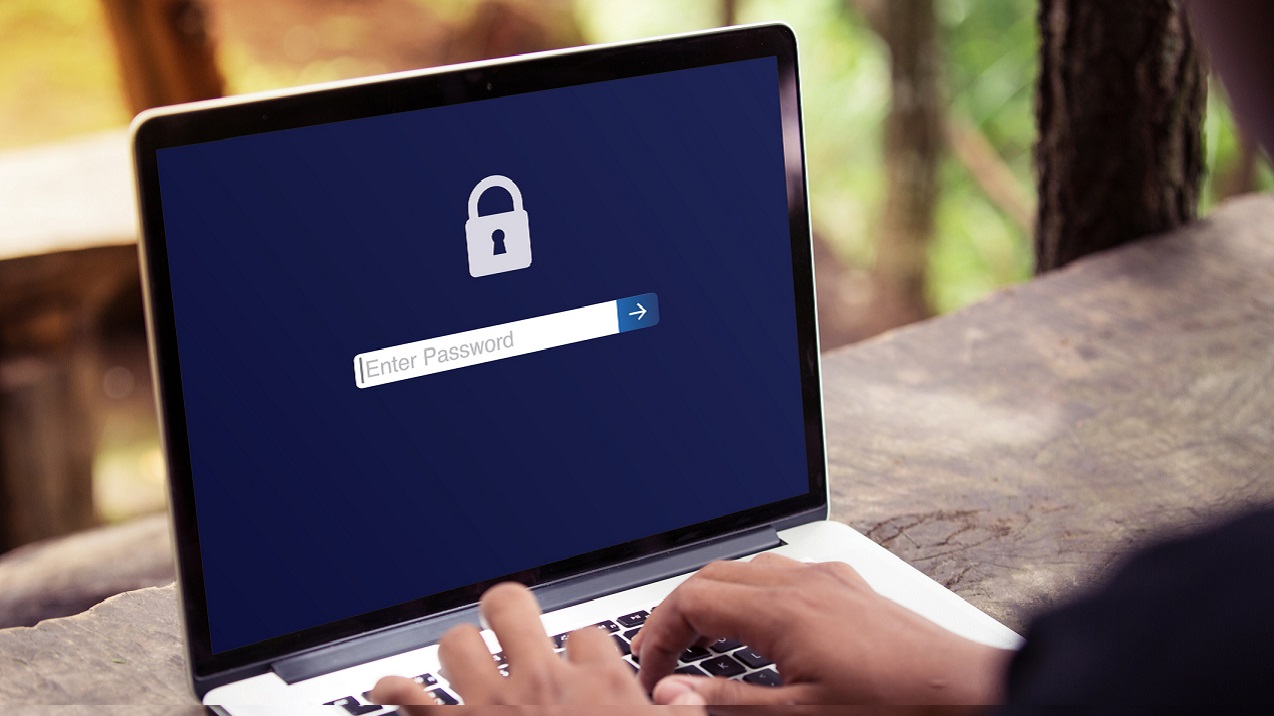
Cybercrimes are increasing exponentially year over year. Unfortunately, developments like the pandemic, the growth of cryptocurrency, and the increase in online working and shopping have created a target-rich environment for cybercriminals.
Protect yourself from cybercrimes by being aware of common warning signs and keeping your systems and devices secure. In honor of Cybersecurity Month, let’s take a closer look at cybersecurity and how to protect yourself from threats.
What is cybersecurity?
Cybersecurity refers to the protection of all online devices, networks, data, and electronic systems from attacks by hackers, scammers and cybercriminals.
Methods of cybercrimes
All forms of cybercrime threaten cybersecurity in some way. Here are some of the methods cybercriminals use to wage attacks:
- - Malware. This threat includes malicious software like ransomware, spyware, viruses, and worms. These can install harmful software, block access to computer systems, or provide scammers with access to data.
- - Trojans. This attack tricks users into thinking they’re opening a harmless file when, in reality, they’re installing a backdoor that provides cybercriminals with unauthorized access.
- - Adware. This threat involves a potentially unwanted program that is installed without the user’s permission and automatically generates unwanted online advertisements.
- - Phishing. This attack is sent via email, text, or social media message to trick the target into sharing sensitive information. Often, the tactic will also lead to the installation of malware. Learn more about phishing scams.
High levels of cybersecurity are employed on the internet to keep websites and important infrastructure (e.g. power grids and water systems) running and safe from malicious activity. Although the level of security may differ for you on an individual level, you can utilize best practices from the cybersecurity gurus that keep these critical systems running for your own devices.
Now that you know what cybersecurity is and the methods cybercriminals use, let’s talk about the red flags and what you as an individual can do.
Red flags
Be on the lookout for these common red flags that will alert you to potential scams and attacks:
- - Urgent unexpected messages requesting immediate action.
- - Emails from unknown or unexpected senders that include attachments, typos, and strange links.
- - Messages from unknown senders who try to become friendly.
- - Unexpected texts or emails asking for personal information.
- - Unexpected messages and calls from people claiming to be from legitimate companies.
- - Unprompted offers to fix your hacked computer or device.
How can I protect myself against cybercrime?
Fortunately, there are lots of preventative measures you can take to protect your information and your money from cybercrime:
- Never open email attachments or click on links from unknown or unexpected senders. These can download malware onto your device.
- Never share your personal information with people or companies you don’t know or don’t expect to contact you.
- Update your software and operating systems. Accept updates as these will provide the strongest and most current protection.
- Use anti-virus software. This software will detect and remove threats in real-time. Learn more.
- Use strong, unique passwords for all your online accounts and never share them with others. We dive deep into password best practices here.
- Avoid using unsecured public Wi-Fi. Using unsecure networks leaves you vulnerable to attacks.
- Stay informed of scam trends. Our Security Center provides a wealth of information and recent scam alerts to help keep you educated and informed on new security and scam topics as they arise.
Cybersecurity is a crucial component of modern-day digital safety. With this guide you’re now equipped to keep your information and accounts safe.
Category: Security
« Return to "Blog"









